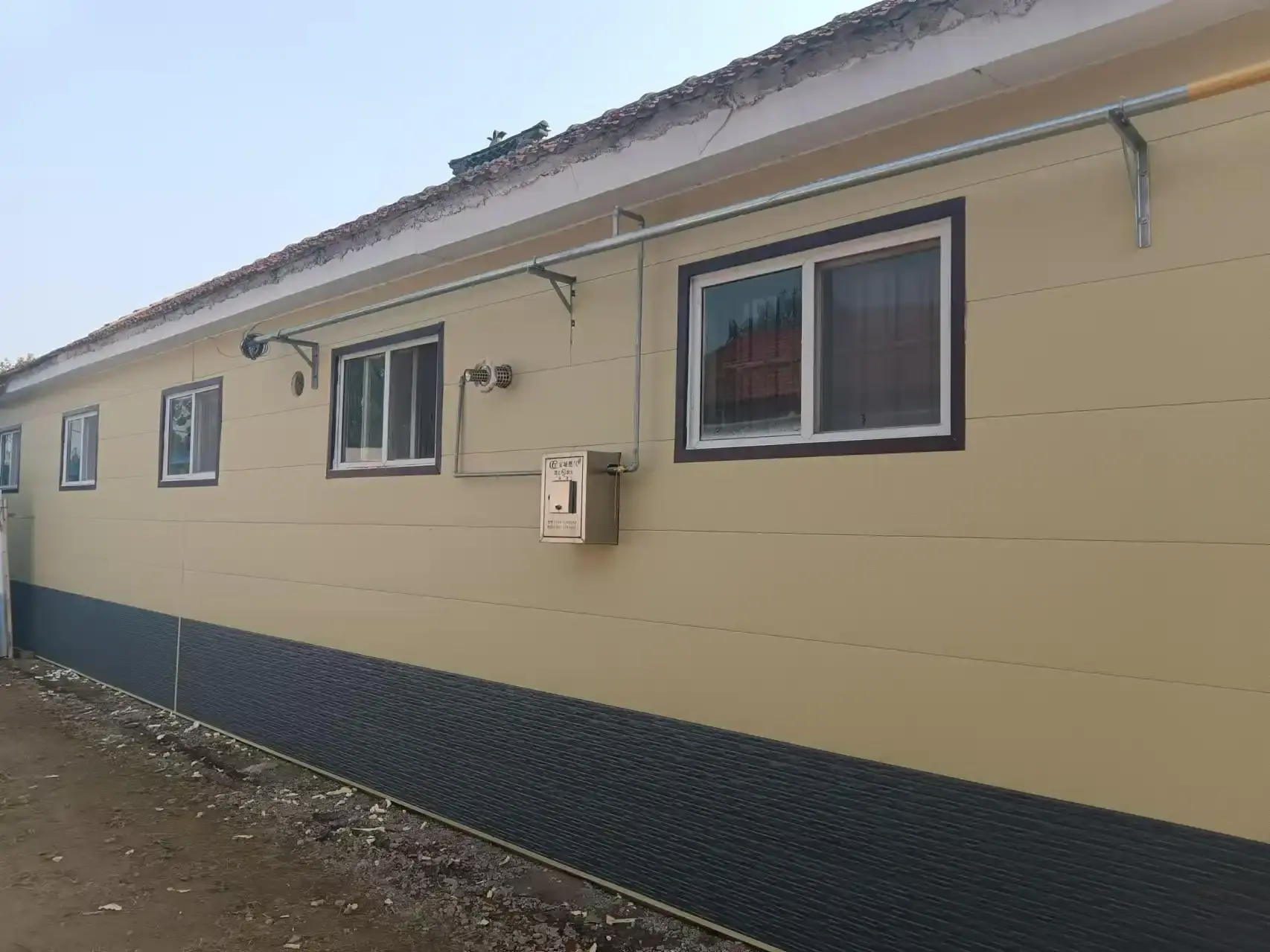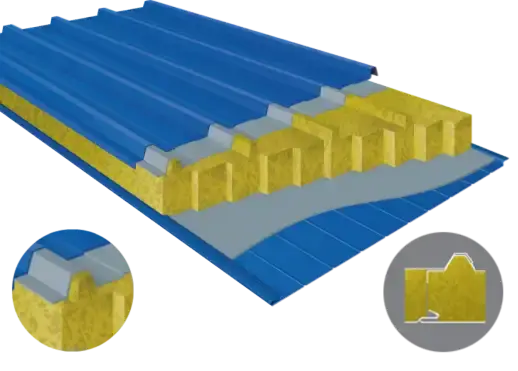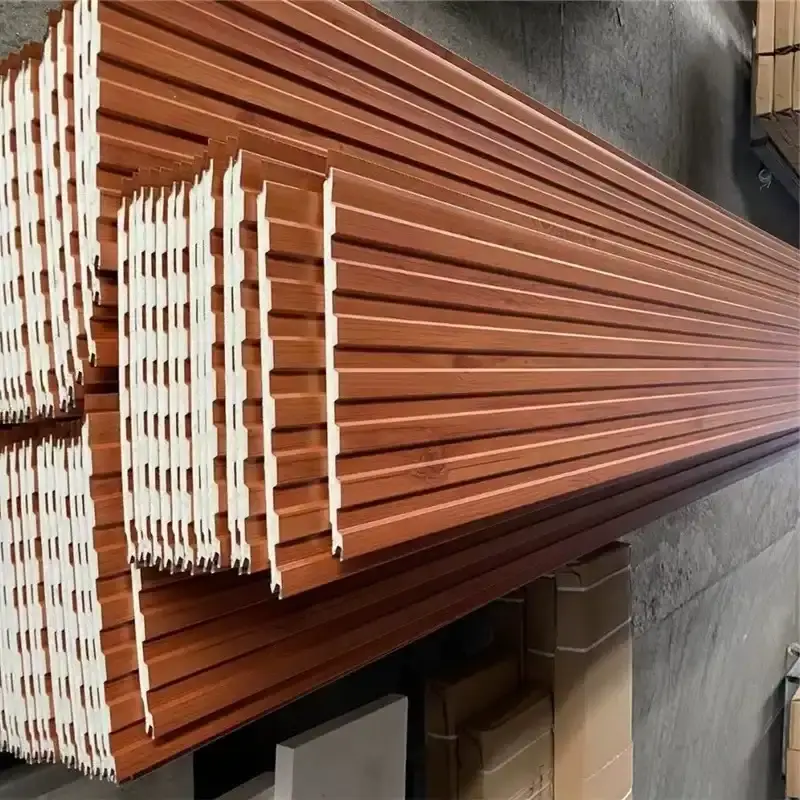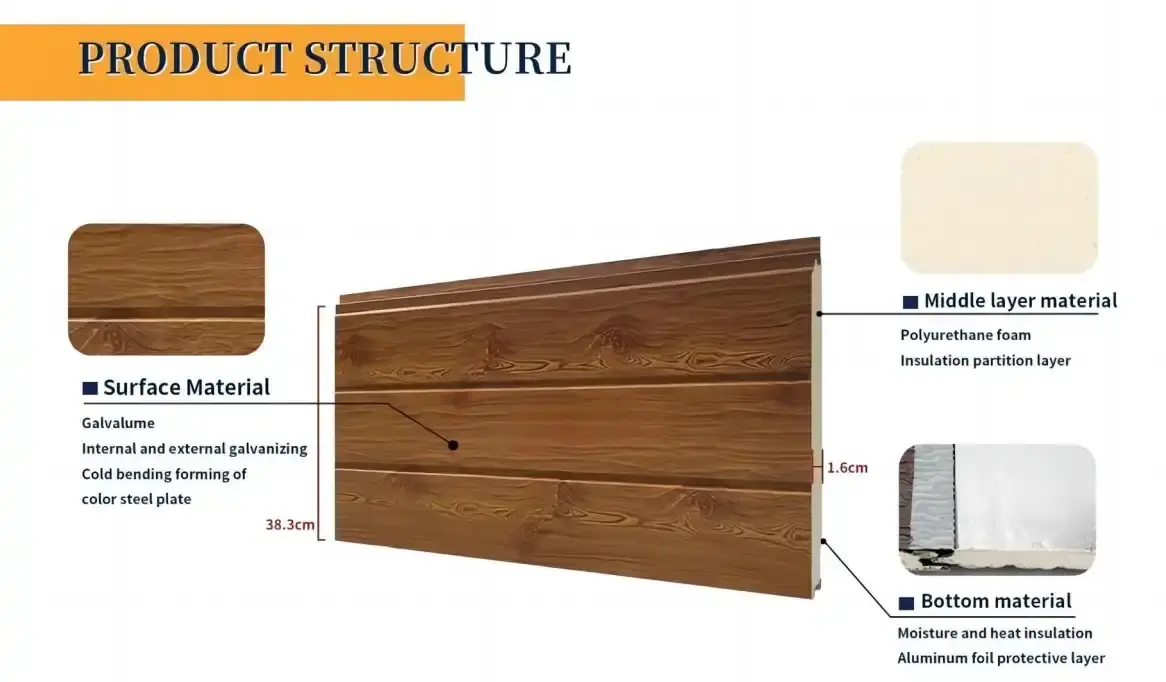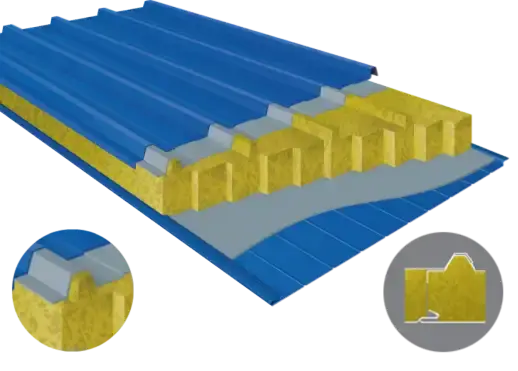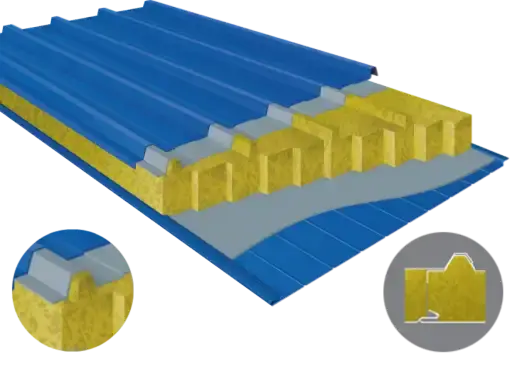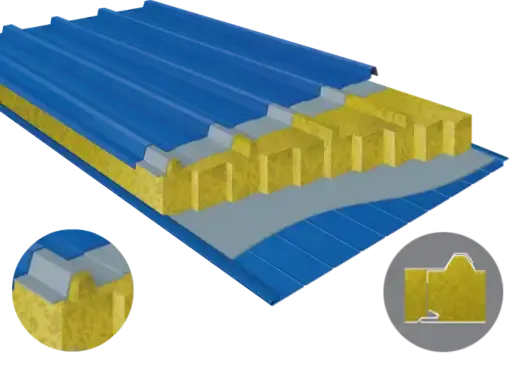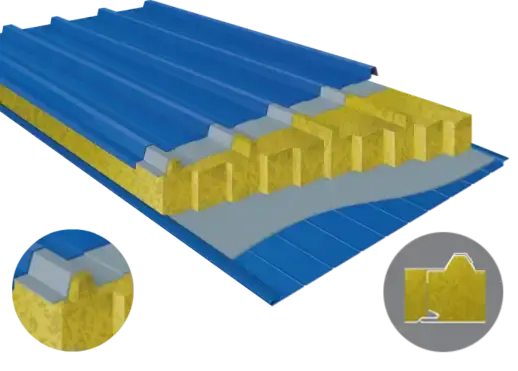When it comes to creating a stunning living room, the walls play a crucial role in setting the tone and ambiance. Decorative wall insulation panels have emerged as a versatile and practical solution that combines aesthetics with functionality. These innovative panels not only enhance the visual appeal of your living space but also provide excellent insulation properties. Whether you prefer a modern, minimalist, or classic design, these panels offer endless customization options to suit your style. Partnering with a trusted decorative wall insulation panels manufacturer ensures you receive high-quality materials that deliver superior thermal performance, durability, and lasting beauty for your home.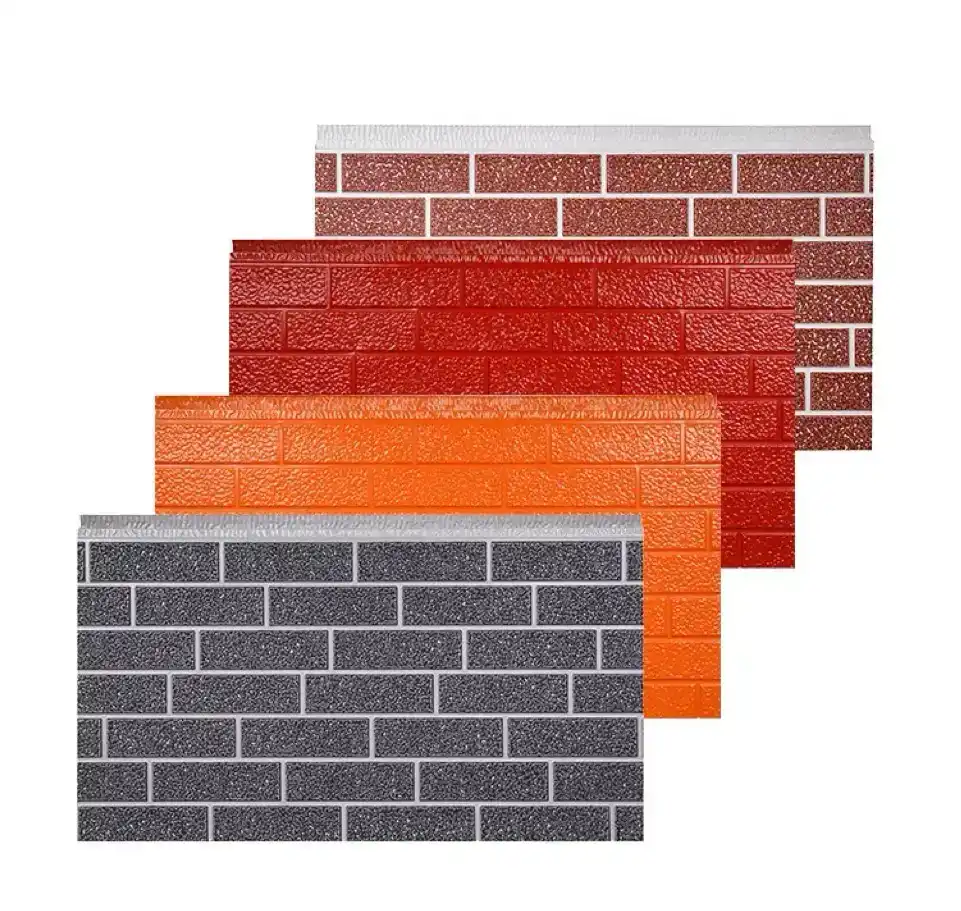
Comprehending Decorative Wall Insulation Panels
Decorative wall insulation panels are advanced material systems that merge thermal insulation with customizable decorative effects. These panels consist of multiple layers, including a facing layer, panel reinforcement layer, insulation layer, structural reinforcement auxiliary layer, anchoring system, bonding system, waterproof seal, and exhaust system. This complex structure allows for exceptional performance in both aesthetics and functionality.
Benefits of Decorative Wall Insulation Panels
Decorative wall insulation panels offer a myriad of benefits that make them an attractive option for homeowners and designers alike:
- Thermal Insulation: These panels provide superior insulation, helping to maintain a comfortable temperature in your living room while reducing energy costs.
- Acoustic Performance: Many decorative wall insulation panels also offer sound-dampening properties, creating a more peaceful living environment.
- Aesthetic Versatility: Available in a wide range of colors, textures, and patterns, these panels can complement any interior design style.
- Durability: High-quality decorative wall insulation panels are resistant to wear, tear, and environmental factors, ensuring long-lasting beauty.
- Easy Maintenance: The smooth surfaces of these panels are easy to clean and maintain, saving you time and effort in the long run.
Types of Decorative Wall Insulation Panels
Decorative wall insulation panels come in various materials and styles to suit different preferences and requirements:
- Wood-Look Panels: These panels mimic the appearance of natural wood while providing excellent insulation properties.
- Textured Panels: Featuring 3D patterns and textures, these panels add depth and visual interest to your living room walls.
- Metallic Panels: For a modern and sleek look, metallic decorative wall insulation panels can create a striking focal point.
- Fabric-Covered Panels: Combining softness with insulation, fabric-covered panels offer a cozy and elegant option for living rooms.
- Stone-Effect Panels: These panels replicate the look of natural stone, adding a touch of luxury to your living space.
Design Tips for Using Decorative Wall Insulation Panels in Living Rooms
Now that we've covered the basics of decorative wall insulation panels, let's dive into some design tips to help you make the most of these versatile elements in your living room:
Create a Focal Point
Use decorative wall insulation panels to create a stunning accent wall that serves as the focal point of your living room. Choose a panel with a bold pattern or texture to make a statement and draw the eye. This technique works particularly well behind a fireplace or on the wall where your TV is mounted.
Mix and Match Textures
Don't be afraid to combine different textures and materials in your living room design. Pair smooth, sleek decorative wall insulation panels with plush furniture or incorporate panels with varied textures to add depth and visual interest to the space.
Consider Lighting Effects
Take advantage of the unique properties of decorative wall insulation panels by incorporating strategic lighting. Use wall sconces or recessed lighting to highlight the texture and patterns of the panels, creating captivating shadows and enhancing the overall ambiance of your living room.
Installation and Maintenance of Decorative Wall Insulation Panels
Proper installation and maintenance are crucial for maximizing the benefits of decorative wall insulation panels in your living room:
Professional Installation
While some decorative wall insulation panels are designed for DIY installation, it's often best to enlist the help of professionals, especially for large-scale projects. Expert installers can ensure that the panels are properly aligned, securely attached, and optimally positioned for both aesthetic appeal and insulation performance.
Regular Cleaning and Care
To maintain the beauty and functionality of your decorative wall insulation panels, follow these simple care tips:
- Dust the panels regularly using a soft, dry cloth or a vacuum cleaner with a brush attachment.
- For more stubborn dirt or stains, use a damp cloth with mild soap and water. Avoid harsh chemicals that may damage the panel's surface.
- Inspect the panels periodically for any signs of damage or wear, and address any issues promptly to prevent further deterioration.
Long-Term Considerations
When selecting decorative wall insulation panels for your living room, consider long-term factors such as durability, fade resistance, and the potential for future design changes. Opt for high-quality panels from reputable manufacturers to ensure lasting performance and satisfaction.
Conclusion
Decorative wall insulation panels offer a unique combination of style and functionality for living rooms. By understanding their benefits, exploring various types, and following our design tips, you can create a stunning and comfortable living space that reflects your personal style while enjoying improved energy efficiency. Whether you're renovating an existing room or designing a new space, these versatile panels provide endless possibilities for creativity and comfort.
At Weifang Sandong Building Materials Co., Ltd., we're committed to providing top-quality decorative wall insulation panels that meet the highest standards of performance and aesthetics. Our extensive range of products caters to diverse design preferences and project requirements. For expert advice on selecting the perfect decorative wall insulation panels for your living room or any other space, don't hesitate to reach out to our team at info@sdqsc.com.
FAQs
Are decorative wall insulation panels suitable for all types of living rooms?
Yes, these panels are versatile and can be adapted to various room sizes and styles, from modern to traditional.
How do decorative wall insulation panels compare to traditional insulation methods?
They offer a combination of insulation and aesthetics, often providing better performance and visual appeal than traditional methods.
Can I install decorative wall insulation panels myself?
While some panels are DIY-friendly, professional installation is recommended for optimal results, especially for large-scale projects.
How long do decorative wall insulation panels typically last?
High-quality panels can last for many years with proper care and maintenance, often outlasting traditional wall coverings.
Are these panels environmentally friendly?
Many manufacturers offer eco-friendly options made from sustainable materials and designed for energy efficiency.
References
1. Building Science Corporation. (2021). "Insulation for Existing Homes."
2. Energy.gov. (2022). "Insulation."
3. Architectural Digest. (2023). "Wall Paneling Ideas That Bring Character to Any Room."
4. Journal of Building Engineering. (2022). "Thermal performance of insulated wall panels: A review." Volume 51, 104318.
5. International Journal of Energy Research. (2021). "Recent advancements in thermal insulation materials: A review." Volume 45, Issue 1, pp. 294-331.


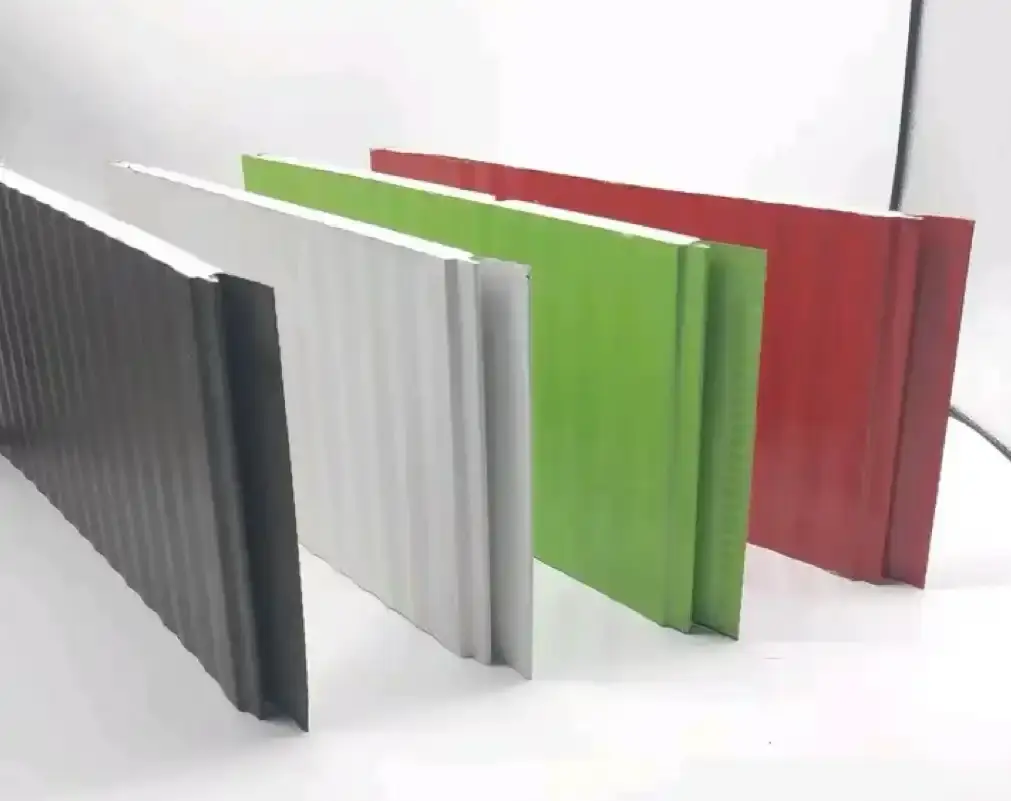
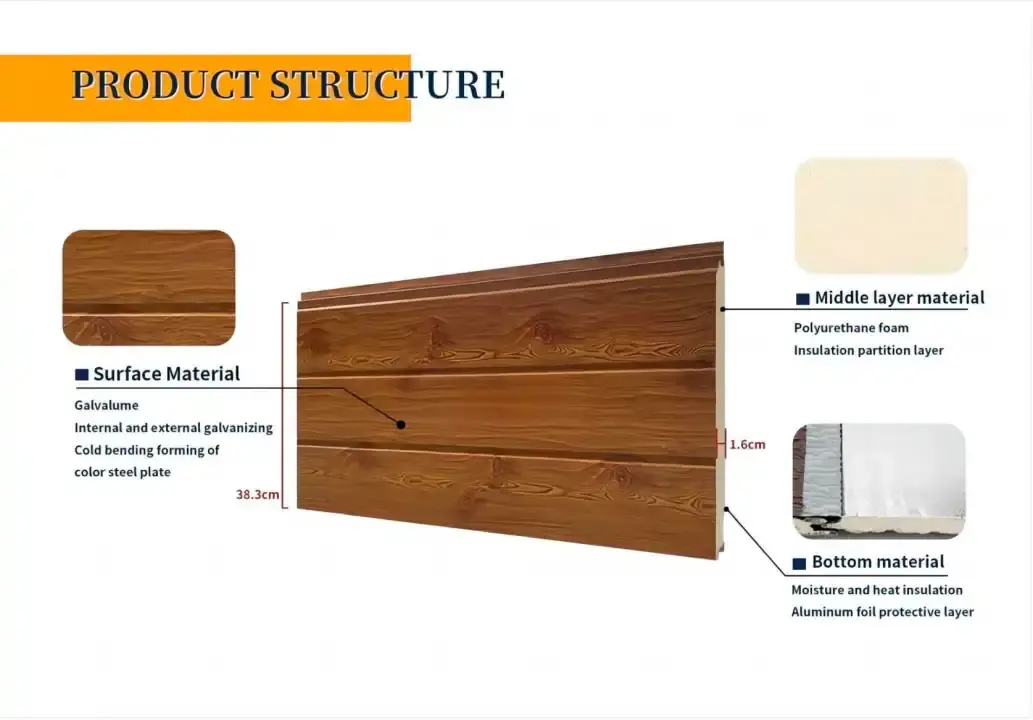

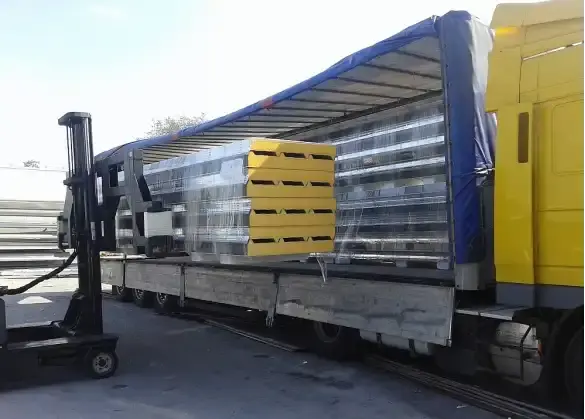
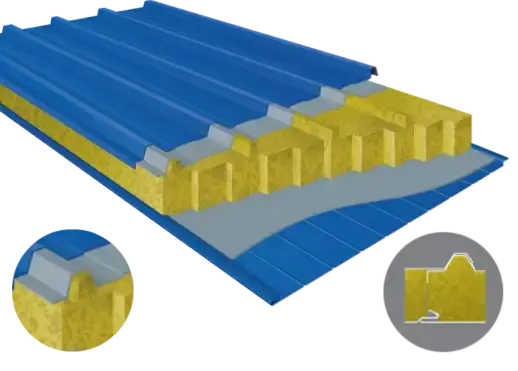 represent a pinnacle of modern construction technology, combining structural integrity with exceptional thermal performance. These innovative building components consist of a polyurethane (PU) foam core sandwiched between two metal facings, typically steel or aluminum. The science behind PU insulated sandwich panels lies in their unique composition and manufacturing process, which results in a lightweight yet robust material with superior insulation properties. By leveraging the low thermal conductivity of PU foam and the strength of metal skins, these panels offer an optimal balance of energy efficiency, durability, and ease of installation, making them a preferred choice for various architectural applications.
represent a pinnacle of modern construction technology, combining structural integrity with exceptional thermal performance. These innovative building components consist of a polyurethane (PU) foam core sandwiched between two metal facings, typically steel or aluminum. The science behind PU insulated sandwich panels lies in their unique composition and manufacturing process, which results in a lightweight yet robust material with superior insulation properties. By leveraging the low thermal conductivity of PU foam and the strength of metal skins, these panels offer an optimal balance of energy efficiency, durability, and ease of installation, making them a preferred choice for various architectural applications.